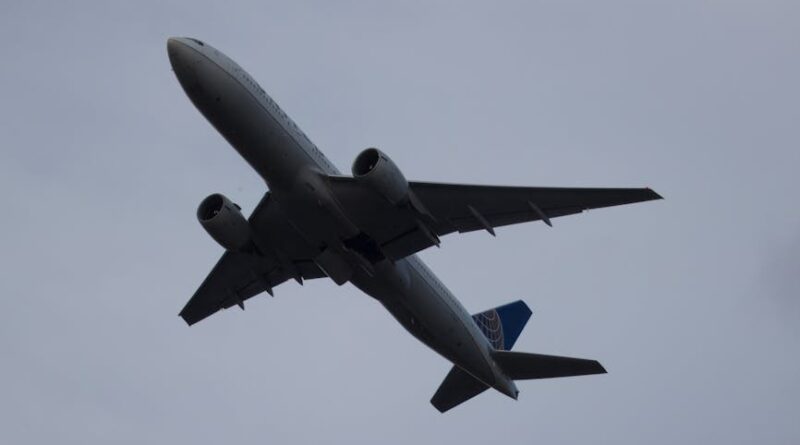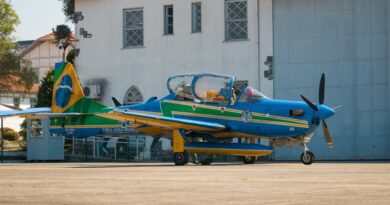Soaring High: Your Pilot Training Journey
Have you ever looked up at the sky and dreamed of flying? You’re not alone! Many people share this passion. In fact, according to the Federal Aviation Administration (FAA), there are over 600,000 active pilots in the U.S. alone. If you’re considering pilot training, you’re about to embark on an exciting journey. Lets explore what you need to know!
What Does Pilot Training Involve?
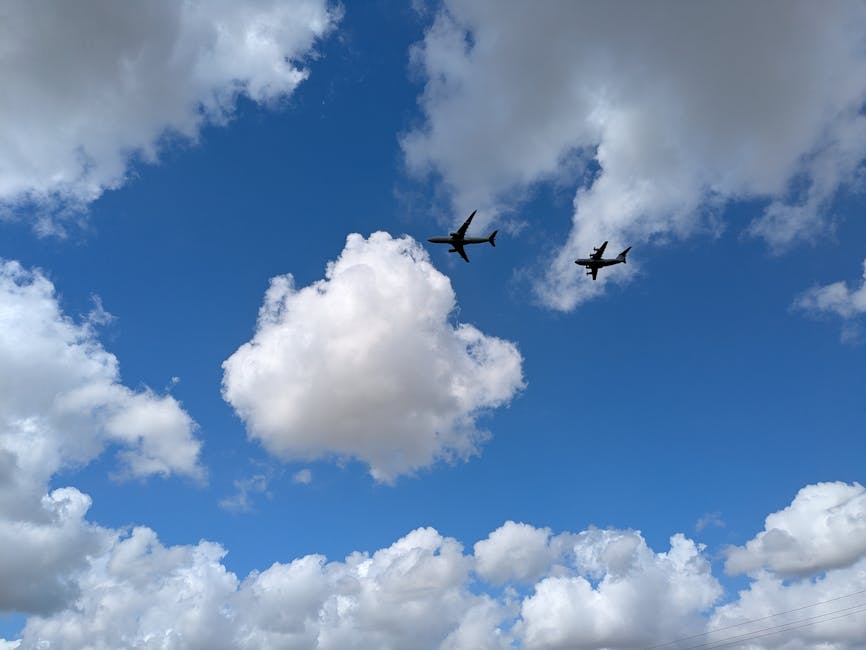
Pilot training is much more than just learning to fly an airplane. It involves a combination of ground school, flight lessons, and practice. You will learn about aviation weather, navigation, and aircraft systems. it’s like becoming a doctor, but instead of diagnosing patients, youll be navigating the skies!
Heres a quick overview of the main components of pilot training:
- Ground School: This is where you learn the theory and principles of flying.
- Flight Training: Youll log hours in an aircraft with an instructor.
- Exams: Written and practical tests to make sure you’re ready to fly solo.
How Long Does It Take to Become a Pilot?

This is a common question. The timeline can vary based on several factors:
- Type of License: A Private Pilot License (PPL) usually takes about 3 to 6 months.
- Frequency of Training: Training full-time can speed things up.
- Weather Conditions: Bad weather can delay flight lessons.
Generally, expect to invest around 40-60 hours of flight time for a PPL, depending on your skill level and frequency of lessons.
What Are the Different Types of Pilot Licenses?
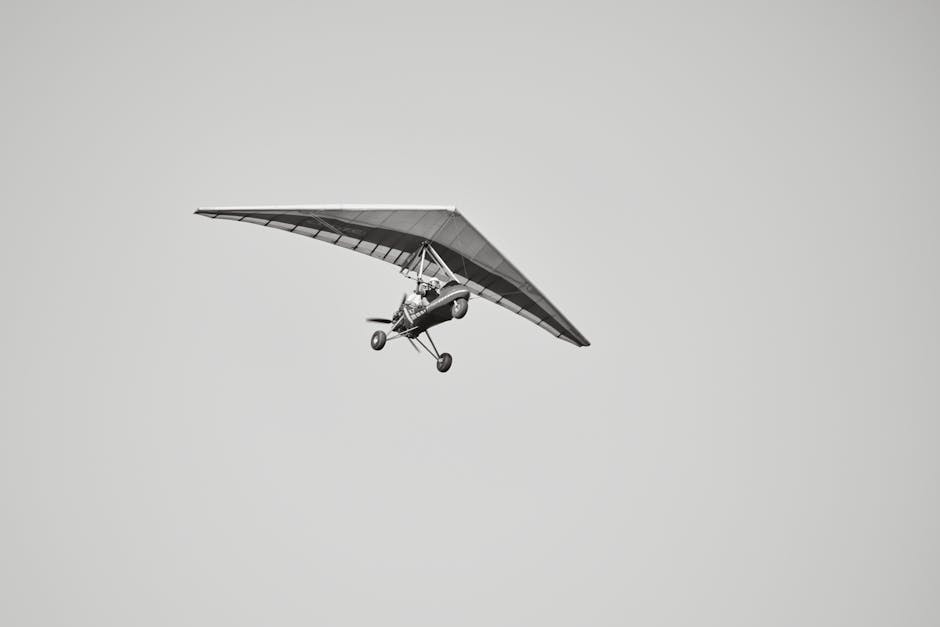
There are several types of pilot licenses. Here are the main ones:
- Private Pilot License (PPL): Allows you to fly for personal use, not for compensation.
- Commercial Pilot License (CPL): Lets you be paid for flying.
- Airline Transport Pilot License (ATPL): Required to act as a captain for airlines.
Each license has its own requirements and training paths. it’s essential to choose the one that aligns with your flying goals.
What Are the Steps to Start Your Pilot Training?
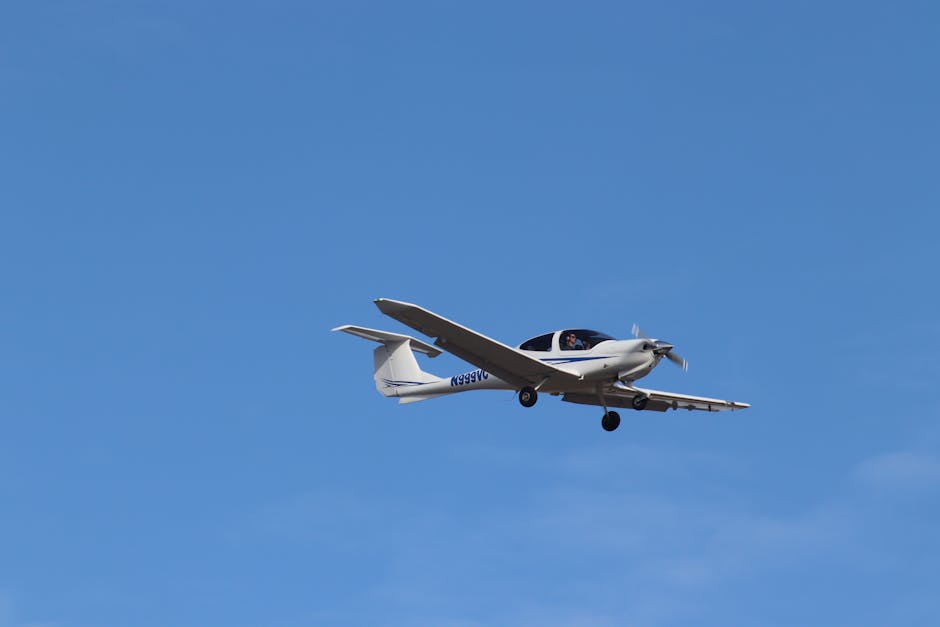
Ready to take the plunge? Heres a step-by-step guide to kickstart your pilot training journey:
- Research Flight Schools: Look for schools that fit your needs. Check their reputation and reviews.
- Take a Discovery Flight: Experience flying with an instructor. it’s a great way to see if you like it!
- Choose a Training Program: Decide between part-time or full-time training.
- Obtain a Medical Certificate: Youll need to pass a medical exam to ensure you’re fit to fly.
- Start Ground School: Begin learning the theory behind flying.
- Begin Flight Training: Start logging those flight hours!
What Skills Do You Need to Become a Pilot?
Pilot training requires a mix of technical and soft skills. Here are some critical skills to develop:
- Communication: You need to communicate clearly with air traffic control.
- Problem-Solving: Quick thinking is vital during unexpected situations.
- Attention to Detail: Small mistakes can have big consequences in aviation.
- Teamwork: Youll often work with other pilots and crew members.
These skills can be honed through practice and training, but it’s good to be aware of them as you start.
What Are Common Challenges in Pilot Training?
Every journey has bumps in the road. Here are some common challenges you might face:
- Weather Delays: Bad weather can ground your lessons.
- Cost: Flight training can be expensive. Consider budgeting and financing options.
- Time Management: Balancing training with work or school can be tricky.
But don’t worry! Many aspiring pilots face these challenges. Staying focused on your goal will help you push through.
How Can You Make the Most of Your Training?
Here are some tips to maximize your pilot training experience:
- Practice Regularly: Consistency is key. Fly as often as you can.
- Ask Questions: don’t hesitate to seek clarification from your instructor.
- Use Flight Simulators: They can help you practice in a risk-free environment.
- Network with Other Pilots: Learning from others can provide valuable insights.
Remember, every flight is a learning opportunity, so embrace each one!
What Are the Career Opportunities for Pilots?
Once you earn your license, youll have many career paths to choose from:
- Commercial Pilot: Fly cargo or passengers for airlines and charter companies.
- Flight Instructor: Teach aspiring pilots how to fly.
- Corporate Pilot: Fly executives to meetings and events.
- Bush Pilot: Navigate remote areas for adventure tourism.
The sky truly is the limit when it comes to career options for pilots!
How to Stay Motivated During Your Pilot Training?
Training to be a pilot can be daunting. Here are some strategies to keep your spirits high:
- Set Small Goals: Break down your training into manageable steps.
- Celebrate Milestones: Reward yourself when you achieve a goal.
- Stay Inspired: Watch aviation documentaries or read pilot stories.
Staying positive and focused on your ultimate goal will help you push through tough times.
What Are the Next Steps After Earning Your License?
Congratulations! After earning your license, youll want to keep learning. Heres what to consider next:
- Gain Experience: Log more flight hours to build your confidence.
- Pursue Advanced Certifications: Consider getting an Instrument Rating or Multi-Engine Rating.
- Network in the Industry: Attend aviation events and connect with other pilots.
Your journey doesnt end here; it’s just the beginning of a thrilling adventure in the skies!
Final Thoughts: Are You Ready to Soar?
Pilot training is a rewarding and challenging journey. It requires dedication, perseverance, and a love for flying. As you prepare to take to the skies, remember to stay motivated and embrace every learning opportunity. Each flight brings you closer to your dreams!
Ready to start your pilot training journey? Research local flight schools and take that first step today!
For more detailed information on flight training and resources, check out the FAA’s official guide on becoming a pilot: FAA – Become a Pilot.
